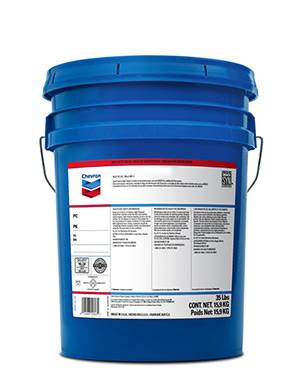ઓગસ્ટ . 13, 2024 17:18 Back to list
Exploring the Three Main Categories of Control Valves and Their Unique Functions in Industry
Understanding the Three Types of Control Valves
Control valves are essential components in various industrial processes, regulating flow and pressure in systems to ensure optimal performance. These devices come in several forms, but they can generally be categorized into three primary types globe valves, ball valves, and butterfly valves. Each type has its unique characteristics, advantages, and applications, making it crucial for engineers and operators to understand their functions.
Globe Valves
Globe valves are recognized for their spherical body shape, which allows for precise flow regulation. The design consists of a movable disk (or plug) and a stationary ring seat, creating a restriction that fluid must pass through. This mechanism enables globe valves to provide excellent throttling capabilities, making them ideal for applications requiring fine control.
One notable advantage of globe valves is their ability to handle high pressures and temperatures, which makes them suitable for critical applications in industries such as oil and gas, power generation, and chemical processing. However, the flow resistance through globe valves is relatively high compared to other types, which can lead to energy loss. Consequently, they are often used in systems where flow rates are not the primary concern.
Ball Valves
Ball valves operate using a rotary ball with a hole through the center, allowing for quick and efficient flow control. When the valve is open, the ball rotates to align the hole with the pipeline, facilitating smooth fluid flow. Conversely, when the valve is closed, the ball blocks the flow entirely.
three types of control valves

The primary advantage of ball valves is their durability and reliability. They can withstand high-pressure conditions and are less prone to wear compared to other valve types. Additionally, ball valves provide a tight seal when closed, reducing the risk of leakage. Their ability for quick operation (often requiring just a quarter turn to open or close) makes them ideal for applications where rapid flow control is necessary, such as in water treatment plants, HVAC systems, and oil pipelines. However, ball valves are generally not recommended for throttling purposes, as they can lead to erratic flow patterns when partially opened.
Butterfly Valves
Butterfly valves are characterized by a circular disc that pivots to regulate fluid flow. The disc is mounted on a shaft and can be rotated 90 degrees to either fully open or close the passage. This simple and compact design makes butterfly valves lightweight and cost-effective.
One of the most significant advantages of butterfly valves is their ability to handle large volumes of fluid with minimal pressure drop. They are particularly suitable for applications in large diameter pipelines, such as water supply systems, wastewater treatment facilities, and chemical processing. They also come in various designs, including resilient seated, high-performance, and triple offset, allowing for a range of applications from low-pressure operations to high-temperature environments.
However, butterfly valves are not always the best choice for applications requiring precise flow control. While they can be used for throttling, they may not provide the same level of accuracy as globe valves.
Conclusion
In summary, the selection of an appropriate control valve depends on various factors, including the specific requirements of the application, desired flow control precision, and system pressure and temperature conditions. Globe valves are best for precise throttling, ball valves excel in quick and reliable on/off control, and butterfly valves provide a lightweight, cost-effective solution for large volume applications. Understanding these three types of control valves allows engineers and operators to make informed decisions, ultimately ensuring efficient and safe operation in their systems.
-
thread-plug-gauge-our-promise-of-measurement-excellenceNewsAug.22,2025
-
gauge-pin-class-reflecting-quality-legacyNewsAug.22,2025
-
check-valve-types-for-high-rise-buildingsNewsAug.22,2025
-
water-control-valve-for-irrigation-systemsNewsAug.22,2025
-
gate-valve-with-soft-seal-technologyNewsAug.22,2025
-
y-type-strainer-for-oil-and-gas-applicationsNewsAug.22,2025
Related PRODUCTS









